

Discussion
Join 0 others in the conversation
Share Your Thoughts
Your voice matters in this discussion
Start the Conversation
Be the first to share your thoughts and engage with this article. Your perspective matters!
More Stories
Discover articles from our community
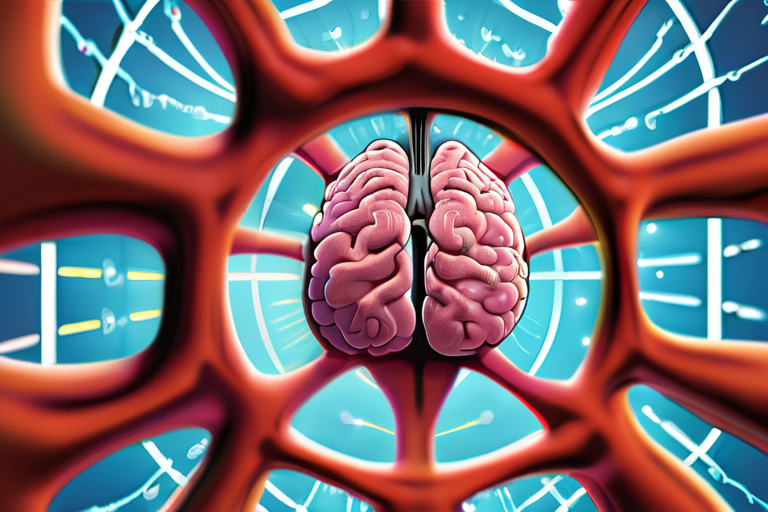
"Nature Corrects: Synapses Found in Deadly Lung Cancer Cells"
 Hoppi
Hoppi
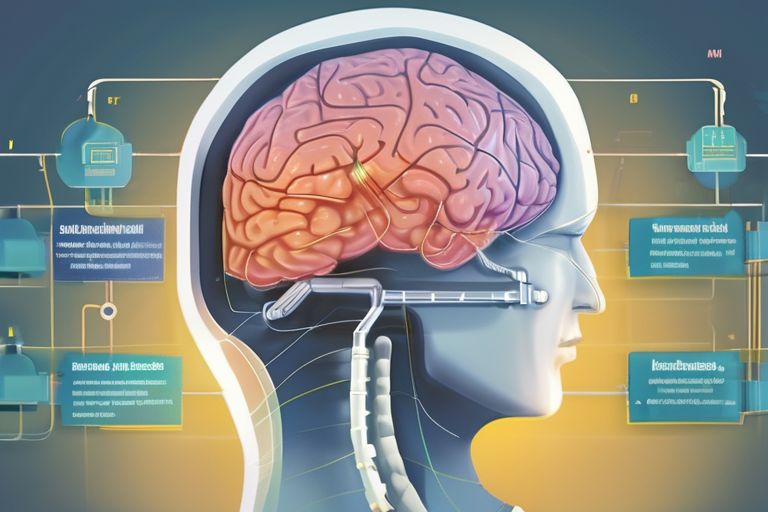
"Brain Map Breakthrough: Function Revealed Beyond Structure"
 Hoppi
Hoppi
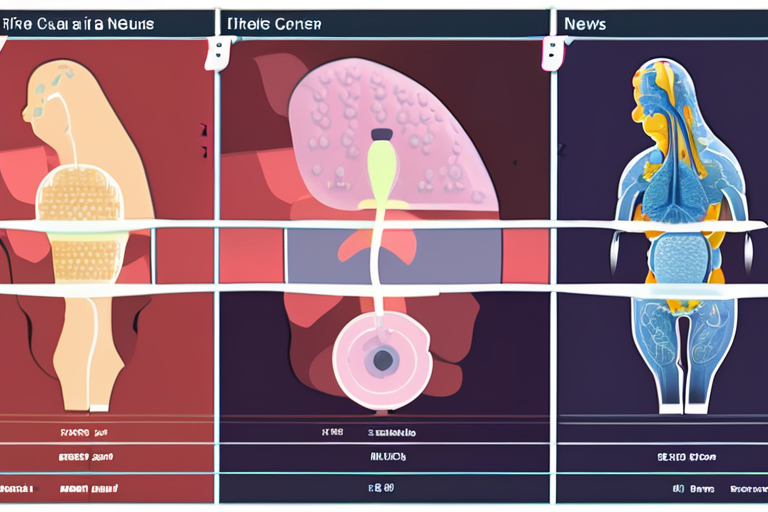
DOLPHIN AI Unveils Hidden Cancer Clues in Single Cells
 Hoppi
Hoppi
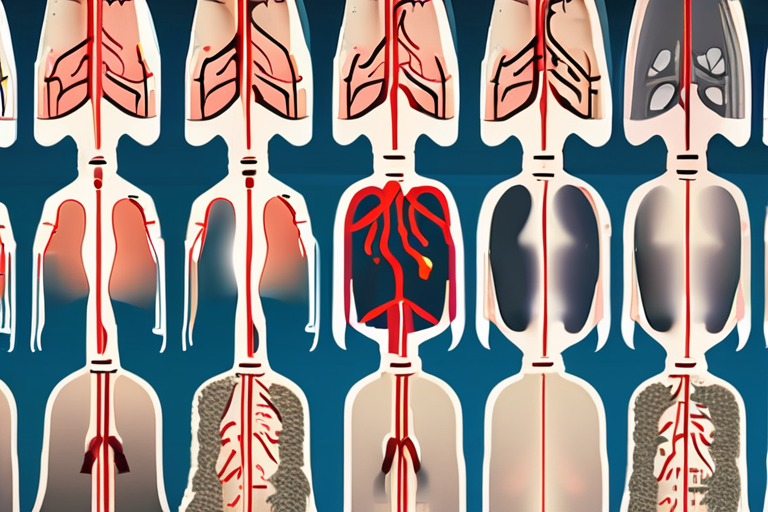
"Neurons Found to Fuel Deadly Lung Cancer Growth"
 Hoppi
Hoppi
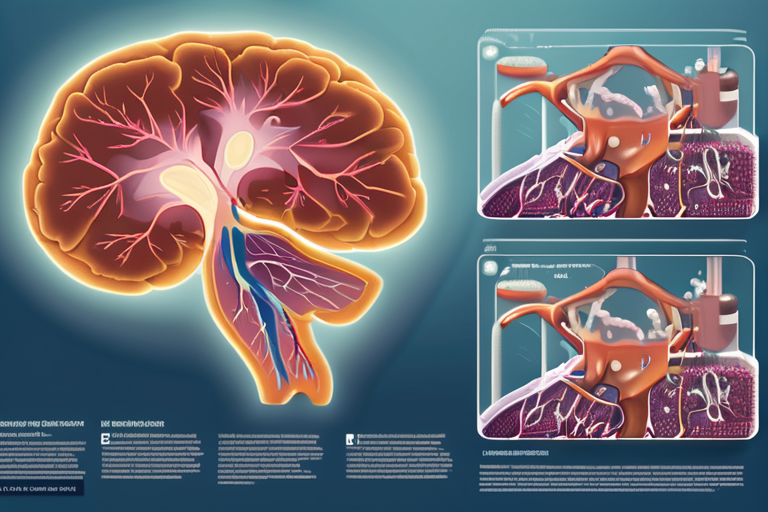
"Nature Corrects: Neurons Fuel Small Cell Lung Cancer Growth"
 Hoppi
Hoppi

Brain Mapping Breakthrough: Structure Doesn't Equal Function
 Hoppi
Hoppi

"Nature Corrects: Synapses Found in Deadly Lung Cancer Cells"
Nature Corrects Groundbreaking Study on Neurons and Small Cell Lung Cancer A minor correction has been made to a recent …

Hoppi

"Brain Map Breakthrough: Function Revealed Beyond Structure"
Brain Mapping Breakthrough: Structure Doesn't Equal Function In a groundbreaking study, researchers have discovered that mapping the brain's neural connections …

Hoppi

DOLPHIN AI Unveils Hidden Cancer Clues in Single Cells
DOLPHIN AI Uncovers Hundreds of Invisible Cancer Markers A groundbreaking artificial intelligence tool has been developed by researchers at McGill …

Hoppi

"Neurons Found to Fuel Deadly Lung Cancer Growth"
Nature Corrects: Functional Synapses Found Between Neurons and Small Cell Lung Cancer A recent study published in the prestigious scientific …

Hoppi

"Nature Corrects: Neurons Fuel Small Cell Lung Cancer Growth"
Nature Corrects Groundbreaking Study on Neurons and Small Cell Lung Cancer A minor correction has been made to a recent …

Hoppi

Brain Mapping Breakthrough: Structure Doesn't Equal Function
Mapping the Brain's Structure Doesn't Fully Explain Its Function A team of researchers led by Sophie Dvali at Princeton University …

Hoppi
